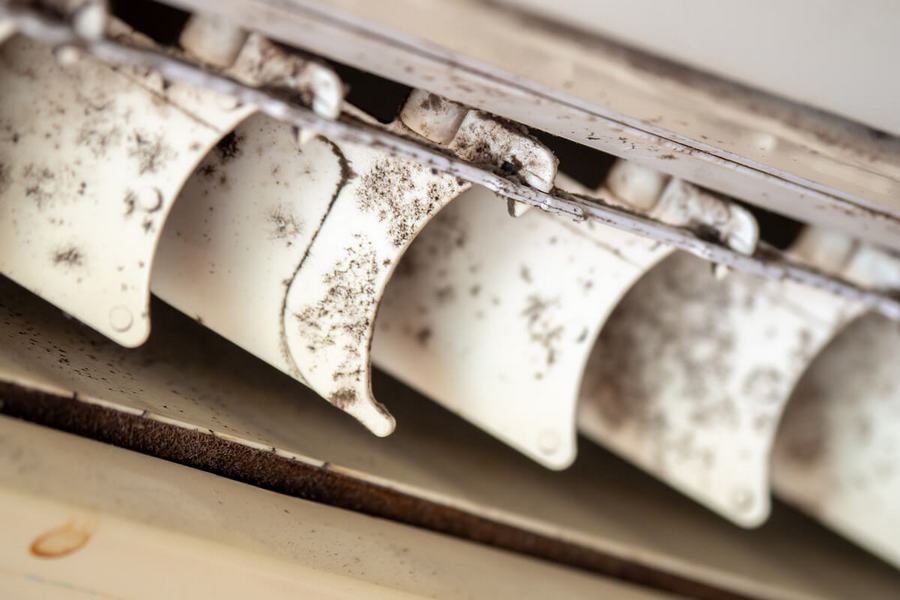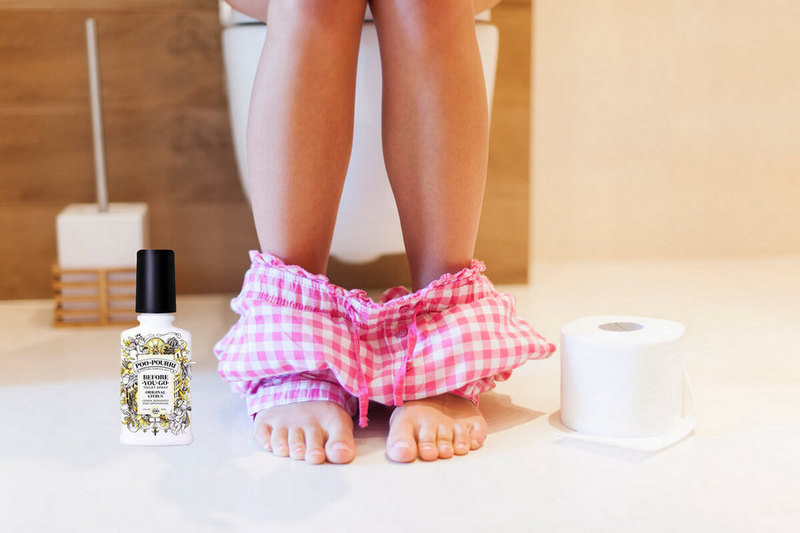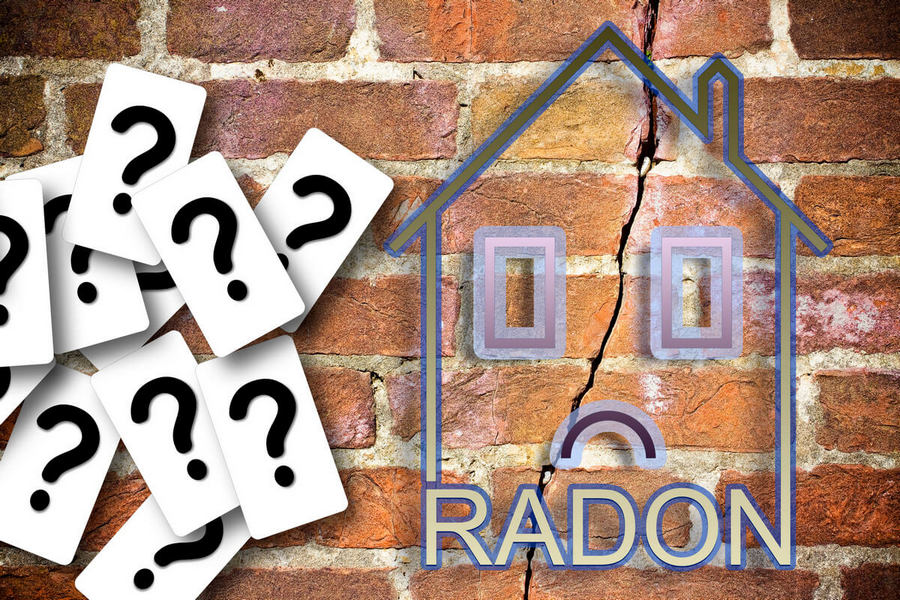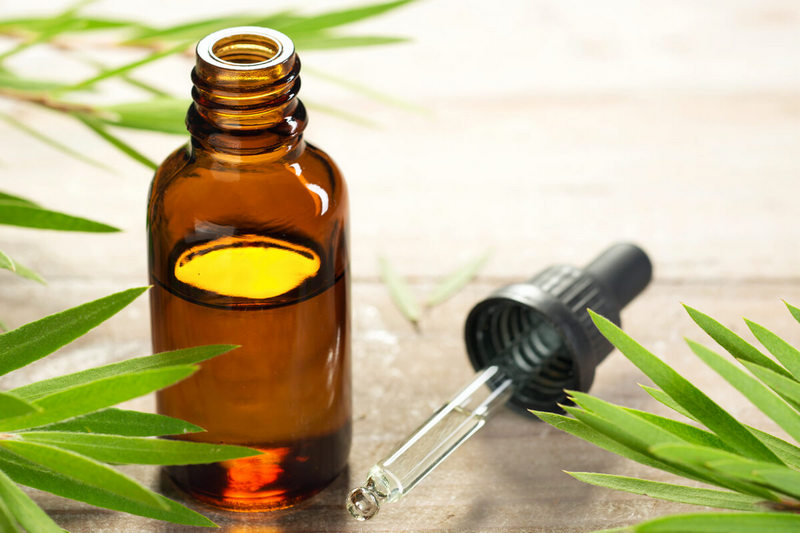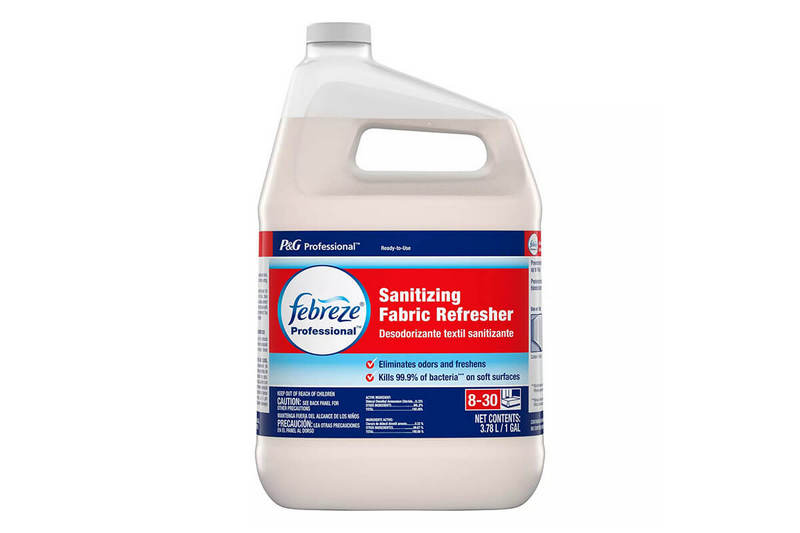Recognizing and treating mold at the early stages is crucial, so we tend to rush with cleaning agents to all suspicious spots. Meanwhile, some of them turn out to be nothing more than dust. But what if it goes the other way around and you miss a potentially dangerous mold?
Such uncertainty can easily get on one’s nerves when one must tell more or less harmless dust from hazardous organisms. In this article, you will find out the difference between mold and dust, how to tell one from another, and the ways to treat both.
What Is Mold?
Mold, or mildew, is a fungal growth that spreads using spores and thrives in wet, damp conditions. They generally form in areas with excessive moisture, such on the surface around leaking pipes, near unsealed windows, or in the attic if there is a leak in the roof. Mold spores can travel around the house with air currents and settle in places where they have enough food and moisture to grow.
Though some types of mold are harmless, species like Stachybotrys chartarum, a.k.a black mold, produce harmful mycotoxins. They can cause various respiratory problems and irritate the eyes and skin. Not to mention that mold-stricken surfaces look rather off-putting.
Read also: Are Air Purifiers Good for Eczema?
What Is Dust?
Essentially, dust is comprised of very small particles of different solid matter. It includes pieces of dead skin, fibers of the fabric, pollen, paper, pieces of dead insects, and lots of other things. They are light enough to be moved by air but eventually settle down on clothes, books, furniture, and other surfaces. When airborne, it is easy to spot under direct sunbeams.
Exposure to too much dust carries potential health risks. Those include respiratory problems, especially for people suffering from asthma, and even poisoning if the dust comes from a toxic contaminant.
Check out this post: Do Activated Charcoal Bags Work for Mold and Dust
Differences Between Mold and Dust
While some molds can be easily distinguished by their characteristic colors and textures, another mold looks like black dust or dirt. At the early stages of growth, when it is optimal to get rid of mold, it can be practically indistinguishable from a simple dirty spot and is easy to miss. That is why taking any dark spot seriously and examining it thoroughly can save you from dealing with much bigger troubles later.
Luckily, apart from visual similarities, mold and dust don’t share many common aspects. Since one is a living organism and the other is just a pile of microscopic debris, there are many ways to tell them apart. Here are some signs that can help you distinguish them.
| Distinction | Mold | Dust |
| Smell | Mold has a foul, damp smell. It can be compared to rot or old clothes. | The smell of dust has nothing special to it. It can be somewhat earthy or totally absent. |
| Gravity | Attached to the place where it grows, so it won’t fall off easily. | Not attached to the surface; sometimes, it is held in place by static but eventually descends to the floor. Try to wipe off the suspicious areas with a clean cloth; if it comes off easily, it is dust. |
| Light | Mold likes wet places with little sunlight. | Dust patches can form in different places, but you can always be sure about those found in dry, well-lit areas. They are certainly not mold. |
| Color | Mold has more bright and vivid colors, even if it is simply black. | Dust is usually grayish or doesn’t have a particular color at all. |
| Bleach test | Bleach hurts mold and makes it go pale. Unfortunately, it won’t kill it totally. | Dust doesn’t react to bleach in any way. |
Prevention and Treatment of Mold and Dust
Since moisture is mold’s best friend, the most effective way to prevent it is to keep your house dry. Use dehumidifiers and check your house for leaks, pay close attention to the roof and pipes. Bathrooms and boiler rooms are the rooms that get humid most frequently, so make sure they are ventilated and there are means to keep them dry.
There is no way to get rid of mold spores completely. If you spot any mold-affected areas, treat them with cleaning agents that can fight organic material. Note that mildew can penetrate deep into porous materials, so work on such surfaces several times to completely remove contamination. If you find wood affected by mold, it is better to replace it if possible.
Keeping the dust away is much easier:
- Swipe off using rags that capture particles, like microfiber
- Keep things that easily collect dust, like books and clothes, in cabinets and wardrobes
- Regularly clean or replace A/C filters; another way instead of catching dust they distribute it
Related post: How to Stop Your Room From Getting Dusty
Dust vs. Mold: Summary
Now, you know how to tell mold and dust apart and how to effectively fight and prevent both. Mold is the organic matter that loves dark, humid areas and has a specific smell and texture. Dust is small particles of different origins that don’t have scent or color and travel around with air currents until they land on the floor or other surfaces. Sometimes, it is easy to mistake black mold for dust or dirt, and vice versa.
To prevent mold from appearing, keep your house dry, check for leaks, and treat any emerging mold with bleach or other cleaners. Clean dust with things that can effectively catch it and change any air filters in your house regularly to keep it away.

